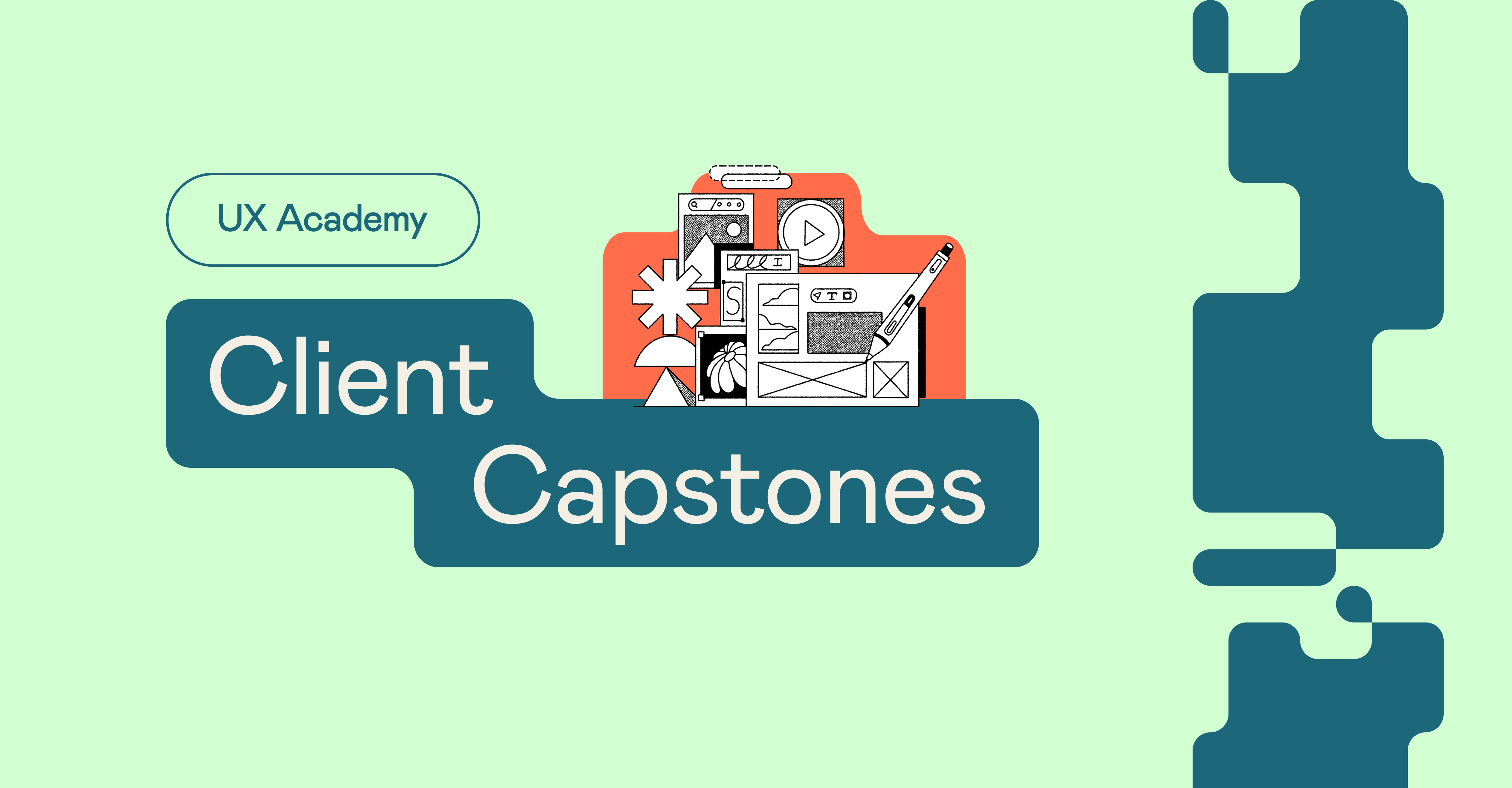Do you and your organisation have strength in breadth as well as depth? In this article we explore how important “T-shaped” people are to effective collaboration, and suggest some ways to expand your own set of skills.
IDEO Chief Executive Tim Brown popularized the term “T-shaped person”. Part of the company’s success is its ability to put together diverse, collaborative teams for intensive project work. When recruiting, IDEO assess candidates based on both their breadth and depth of experience. The term quickly caught on with designers and engineers.
In an interview with Chief Executive Magazine, Brown explains what a T-shaped person is:
The vertical stroke of the “T” is a depth of skill that allows them to contribute to the creative process. That can be from any number of different fields: an industrial designer, an architect, a social scientist, a business specialist or a mechanical engineer.
The horizontal stroke of the “T” is the disposition for collaboration across disciplines. It is composed of two things. First, empathy. It’s important because it allows people to imagine the problem from another perspective – to stand in somebody else’s shoes. Second, they tend to get very enthusiastic about other people’s disciplines, to the point that they may actually start to practice them. T-shaped people have both depth and breadth in their skills.
We can contrast a T-shaped person with an I-shaped person. If your skills are I-shaped, you have deep knowledge and experience in one area, but haven’t applied those skills to other areas. Although depth of experience is highly valuable, effective collaboration in a discipline like design benefits from individuals who have combined this with a range of applications in different professional environments. I-shaped people can excel in many workplaces, but typically not in those demanding high levels of collaborative working.
The traditional educational system is built to produce I-shaped people. So can you mould yourself into a T? If so, how? Here are some ideas that don’t need you to go back to school or change career.
1. Broaden your horizons
Maximize your experience by expanding the range of projects you take on. Take stock of your existing set of skills and work out what other industries you could apply them to. Consider how transferable your current skills are — you might be surprised at how versatile you could already be. You could even work on a project in a different country, or approach a friend in a different line of work and see if you can work on something together.
Find out what soft skills are and learn about them. Behaviors like active listening, open communication, and adaptability go a long way to building trust and empathy between collaborators. Training in transactional analysis, conflict resolution, and even figuring out your Myers-Briggs personality type can help you become more self-aware, more generous to those who see the world differently, and better prepared to deal with difficulties.
2. Deepen your knowledge
It’s possible that you’re already T-shaped, but you can always put down deeper roots and consolidate your expertise. Design, like most creative disciplines, is constantly changing — in terms of technology, standards, culture, and client expectations. Get subscribed to the top sites and journals in your area. Bookmark, keep a log, experiment, and exceed your comfort zone as often as you can.
3. Could you become X-shaped?
T-shaped people are great collaborators. But when it comes to hiring a new leader for an organisation, the qualities are more X-shaped. Great leaders are rooted in the depth of both their subject knowledge and their professional esteem and credibility. Similarly, they must be able to support diverse teams. John Lasseter or Ed Catmull of Pixar are X-shaped people. This isn’t for everyone, though: roles demanding X-shaped people tend to be focused on strategy and team management, rather than the coalface design work.
So, are you an I, a T, or an X? Do you want to broaden or deepen your set of skills? Has your organisation ever hired using this kind of framework? Let us know in the comments!
Designlab offers online design education and mentoring, both through short foundational courses like Design 101, and through in-depth programs like UX Academy. Sound good? Find out more!



.svg)














